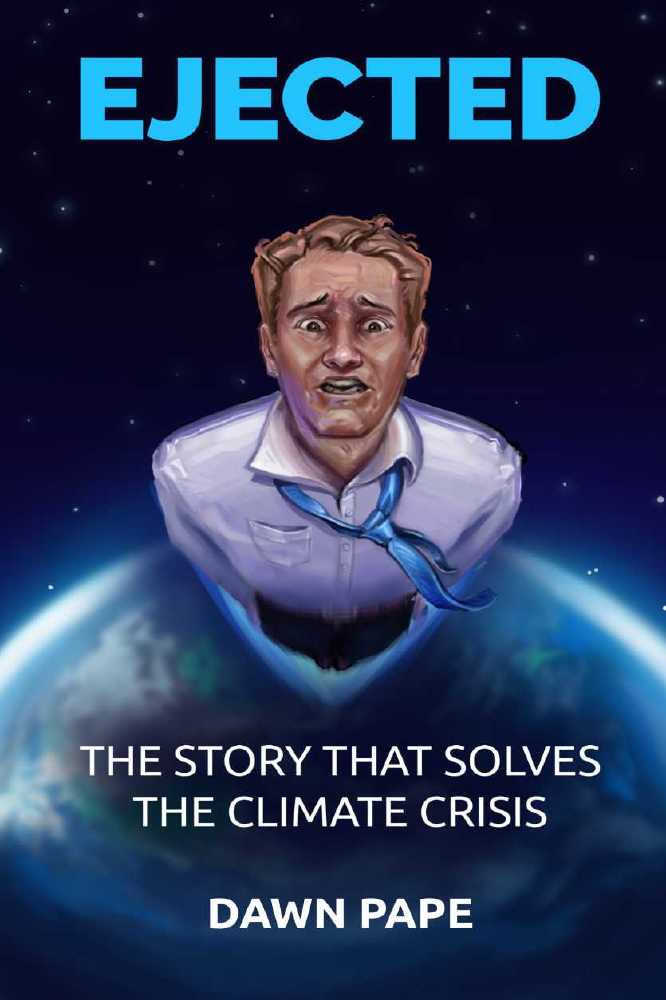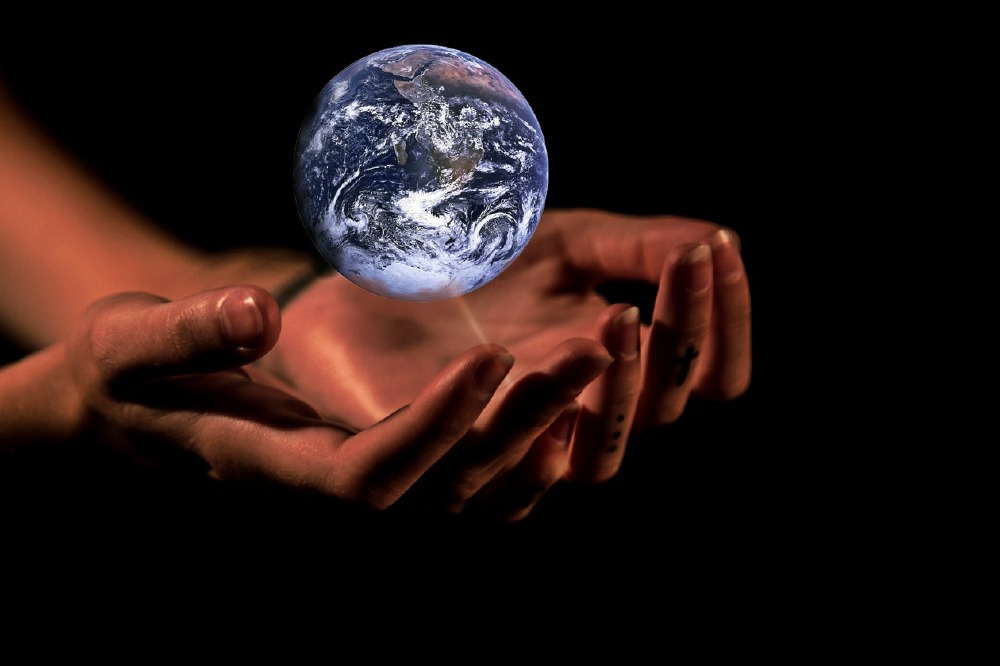Parents will do about anything to help their children progress physically, intellectually and emotionally, yet society, in general, is turning a blind eye to the issue that will affect their children the most: the climate crisis. If we continue on the fossil fuel path we’re on, our planet will be 4.3 °C warmer in just eighty years, according to the world’s leading scientists from Intergovernmental Panel on Climate Change, Climate Interactive, etc. While this temperature change on a daily basis is normal, the last time our planet experienced this significant of a global temperature change was the ice age, when it was about that 4-6 °C colder. Another way to view the current situation is that if we don’t make large-scale changes, today’s kids likely won’t have the chance to grow old. This situation is clearly unacceptable and the youth recognize it.

Ejected
The good news is that we know what the problems are and we already have every solution we need to combat the climate crisis. All that is missing is the solidarity and progressive leadership to implement the necessary changes. More good news is that we have seen how fast society can adapt to changes in the wake of COVID-19. As many aspects of the global economy falter and billions of dollars are being poured into the economy due to the pandemic, now is the perfect time to rebuild it better than it was before.
Ejected—The Story that Solves the Climate Crisis is geared toward informing youth about the realities of the climate crisis as well as to empower them to act. Climate anxiety youth feel is real. Youth realize there is no way to prepare for a future, if they have no future. The book is designed to double as a guidebook and start conversations that can help put us on a positive path.
Although the book's premise is quite silly; people with enormous emission footprints are ejected from the planet. And in order to return to Earth, these people need to join hands to bring down emissions. The solutions are far from fiction and are based on solid international science, adapted from Climate Interactive, Project Drawdown and scores of other resources. If the solutions discussed in the book were actually implemented in the world we live in, we would change the trajectory of the climate crisis and give our kids the world we want them to have.
Non-fiction books detailing the horrors of climate change abound. But the solutions in these books are often brief, superficial, and too often presented in a textbook-like, unengaging manner. My goal was to create a story with relatable characters who naturally weave complex social and political aspects of climate change together.
All throughout history, stories—not statistics—have united cultures. People remember and connect with stories because they build familiarity and allow the reader to enter the story wherever they are in their own lives. Stories make people more open to learning and, perhaps more importantly, more open to feeling. Stories also offer multiple ways for people to connect with information. Visual learners appreciate the mental pictures a story depicts. Auditory learners focus on the hearing the words in their minds. Kinesthetic learners remember the emotional connections and feelings from the story.
Although the beginning of the book lays out a potentially dystopian future if action isn’t taken, even this section is sprinkled with humor to keep the reader from feeling overwhelmed. And the majority of the book focuses on the solutions creating a semi-utopian scenario, which is unique in the largely dystopian climate-fiction genre. I believe focusing on positive solutions is far more useful in keeping people engaged and helping humanity reimagine a preferable future. Besides, people who accept the science of climate change are at least relatively aware that the situation isn’t good. They don’t need to be reminded of that part. What is needed are positive, doable solutions.
With COVID-19 afoot, people have their fill of bad news and many members of society seek escapes through series streaming, fitness, food, and/or drink. But then there’s the type of teen who escapes by reading a good book and feels better by addressing their fears rather than running away from them. These people are my people. Although written for a young adult audience, older adults are also invited to learn, engage, and help secure the next generation’s future.
By Dawn Pape has written seven environment-related books and recently founded an environmental charity. Sign up to be part of her book club at weallneedfoodandwater.org.
RELATED: The billionaires playing their part in the fight against climate change


